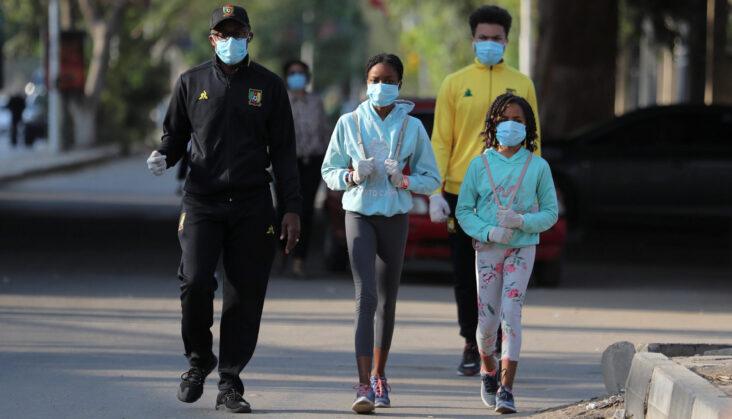Africa-Press – Lesotho. The COVID-19 pandemic threatens to engulf the entire world on a historic scale.
While the early transmission appeared to affect China, South Korea, much of western Europe, and the United States, the virus is now spreading rapidly across the African continent presenting a major threat to already-stressed health systems.
But technology could help curb the spread. Fortunately, technology has progressed since the last global pandemic. Data scientists have been working hard to leverage innovations in computing to solve large-scale global challenges – their work will now be essential for response planning and mitigation.
Advanced machine learning (ML) models can now produce data for areas where data has been historically difficult or impossible to access in Africa. This reliable, new information can describe the demography, lifestyle, and health characteristics of specific neighborhoods, even in remote areas.
In the face of significant unknowns, granular information about at-risk populations is invaluable to those fighting the disease on the front lines. Equipped with these insights, organizations and governments can quickly understand disparate regions and make decisions based on localized needs across the continent.
Response efforts like infrastructure improvements, emergency funding allocation, preventative measures, and others can be guided by spatial information.
With highly constrained financial systems, medical equipment, and health personnel resources, it will be critical to rapidly identify countries, cities, and communities that exhibit the greatest risk of emergency cases.
Based on some of the early reporting from the most affected countries, the maps below show concentrations of populations susceptible to complications from COVID-19.
Many more related emergency case risk factor indicators are available including household size, tuberculosis prevalence, dirty cooking fuel usage, obesity (non-communicable disease proxy), and child stunting.
These can be mapped independently or grouped to create a risk-profile. Once we know where there are concentrations of at-risk populations, the effective dissemination of public health information becomes vital.
By combining many data sources, including geo-tagged household surveys and remote sensing data, ML models can tell us how communities consume news. Data showing TV viewership, radio listenership, newspaper readership, and mobile phone ownership is now available down to one kilometer squared.
This intelligence can be used to select channels for targeted campaigns and to optimize message delivery. Recognizing that there will be short, mid-, and long-term consequences of the pandemic, it’s important to harness the full power of advanced ML data while planning phased interventions.
By incorporating local population data into predictive analytics, we can anticipate downstream effects – such as economic shocks and challenges with food security.
This type of advanced modeling helps organizations prioritize geographies and make decisions in the midst of complex scenarios. Bottom line: ML generated population data is uniquely equipped to answer questions central to mitigating COVID-19.
The technology’s ability to accommodate on-going learning, evolving risk factors, and newly exposed geographies makes it an ideal informant during an evolving crisis.
As the virus unfolds, and relief efforts expand, our collective toolkit must include new solutions that have been designed for the magnitude of this moment.
For More News And Analysis About Lesotho Follow Africa-Press






